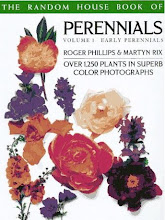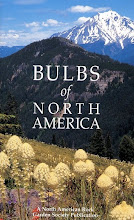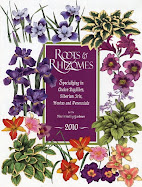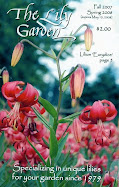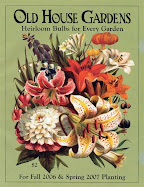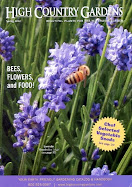Lakewood Playground in September 2013
The charm of the Lakewood Playground lies in its small scale in a quiet neighborhood in southeast Seattle. It has the appearance of a village green, surrounded by attractive homes in this prosperous area on the shore of Lake Washington. Lakewood is unfamiliar to many people even in Seattle, or is thought to be a part of the Seward Park neighborhood, which it borders to the north. The park covers 2 acres with a play area, restrooms, soccer & baseball/softball fields. It is located at 5013 S Angeline Street. Angeline Street was named after Princess Angeline, the daughter of Chief Seattle. She was born nearby in a longhouse of the Duwamish Tribe on Lake Washington.
Lakewood was originally a peninsula on the western shore of Lake Washington, formed by a long inlet called Wetmore Slough (the present location of Genesee Park) that extended more than half a mile south from the lake & turned west toward Columbia City. The thick forest provided the cedar trees that the Duwamish used for their longhouses, but the tribe does not appear to have established a permanent camp here. During summer months, families erected shelters woven from cattails on the shore of the lake where they caught fish and dug roots. During the winter, they lived in elaborate longhouses on Pritchard Island, not far to the south. Not until a bridge carried Lake Washington Boulevard S across the mouth of the slough in 1912 & a trolley line opened on S Genesee Street did the community gain good communication with the rest of the city. This information comes from Seattle Neighborhoods: Lakewood at HistoryLink.org.
The charm of the Lakewood Playground lies in its small scale in a quiet neighborhood in southeast Seattle. It has the appearance of a village green, surrounded by attractive homes in this prosperous area on the shore of Lake Washington. Lakewood is unfamiliar to many people even in Seattle, or is thought to be a part of the Seward Park neighborhood, which it borders to the north. The park covers 2 acres with a play area, restrooms, soccer & baseball/softball fields. It is located at 5013 S Angeline Street. Angeline Street was named after Princess Angeline, the daughter of Chief Seattle. She was born nearby in a longhouse of the Duwamish Tribe on Lake Washington.
Lakewood was originally a peninsula on the western shore of Lake Washington, formed by a long inlet called Wetmore Slough (the present location of Genesee Park) that extended more than half a mile south from the lake & turned west toward Columbia City. The thick forest provided the cedar trees that the Duwamish used for their longhouses, but the tribe does not appear to have established a permanent camp here. During summer months, families erected shelters woven from cattails on the shore of the lake where they caught fish and dug roots. During the winter, they lived in elaborate longhouses on Pritchard Island, not far to the south. Not until a bridge carried Lake Washington Boulevard S across the mouth of the slough in 1912 & a trolley line opened on S Genesee Street did the community gain good communication with the rest of the city. This information comes from Seattle Neighborhoods: Lakewood at HistoryLink.org.


























































































